Louis Hughes was an African-Virginian sold into slavery in the Deep South. In his youth he was sold to Mississippi where he worked as a domestic on a cotton plantation. At Melrose Plantation, a country estate near Natchez, Mississippi I recreated the foods of Louis Hughes’ published narrative, Thirty Years a Slave, From Bondage to Freedom using local produce and meats.
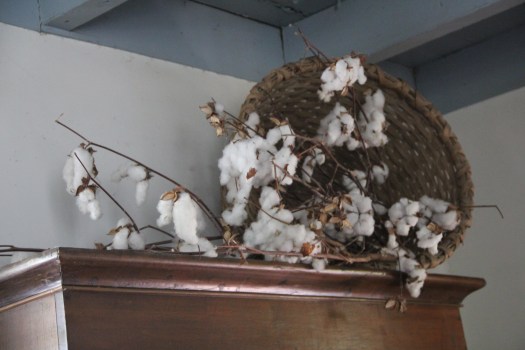
OTHER FARM PRODUCTS.
Cotton was the chief product of the Mississippi farms and nothing else was raised to sell. Wheat, oats and rye were raised in limited quantities, but only for the slaves and the stock. All the fine flour for the master’s family was bought inSt. Louis. Corn was raised in abundance, as it was a staple article of food for the slaves. It was planted about the 1st of March, or about a month earlier than the cotton. It was, therefore, up and partially worked before the cotton was planted and fully tilled before the cotton was ready for cultivation. Peas were planted between the rows of corn, and hundreds of bushels were raised. These peas after being harvested, dried and beaten out of the shell, were of a reddish brown tint, not like those raised for the master’s family, but they were considered a wholesome and nutritious food for the slaves. Cabbage and yams, a large sweet potato, coarser than the kind generally used by the whites and not so delicate in flavor, were also raised for the servants in liberal quantities.
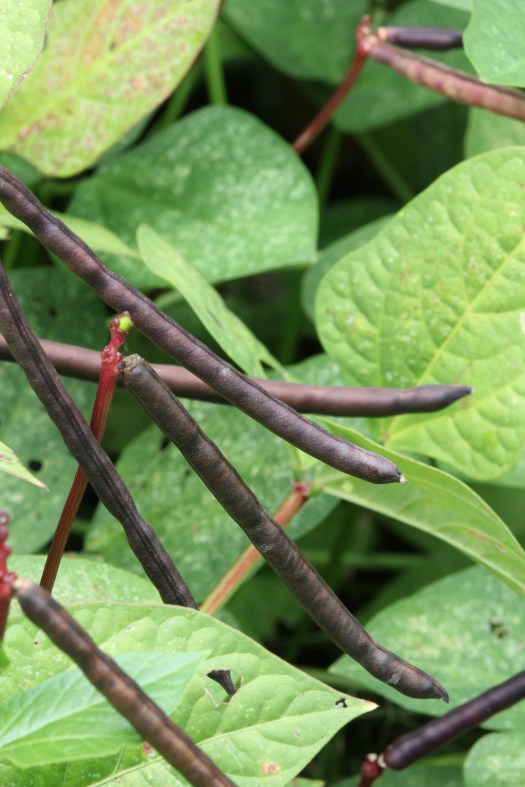
COOKING FOR THE SLAVES
In summer time the cooking for the slaves was done out of doors. A large fire was built under a tree, two wooden forks were driven into the ground on opposite sides of the fire, a pole laid on the forks and on this kettles were hung over the fire for the preparation of the food. Cabbage and meat, boiled, alternated with meat and peas, were the staple for summer. Bread was furnished with the meals and corn meal dumplings, that is, little balls made of meal and grease from the boiled bacon and dropped into boiling water, were also provided and considered quite palatable, especially if cooked in the water in which the bacon was boiled. In winter the cooking was done in a cabin, and sweet potatoes, dried peas and meat were the principal diet. This bill of fare was for dinner or the mid-day meal. For supper each slave received two pieces of meat and two slices of bread, but these slices were very large, as the loaves were about six inches thick and baked in an old fashioned oven. This bread was made from corn meal for, as I have said, only on holidays and special occasions did the slaves have white bread of any kind. Part of the meat and bread received at supper time was saved for the ” morning bite.” The slaves never had any breakfast, but went to the field at daylight and after working till the sun was well up, all would stop for their morning bite. Very often some young fellow ate his morning bite the evening before at supper and would have nothing for the morning, going without eating untilnoon. The stop for morning bite was very short; then all would plunge into work until mid-day, when all hands were summoned to their principal meal.
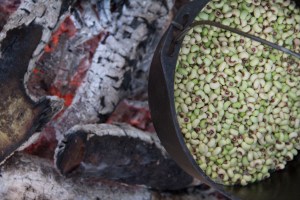
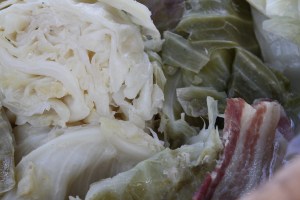
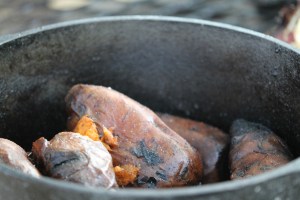
FOURTH OF JULY BARBECUE.
Barbecue originally meant to dress and roast a hog whole, but has come to mean the cooking of a food animal in this manner for the feeding of a great company. A feast of this kind was always given to us, by Boss, on the 4th of July. The anticipation of it acted as a stimulant through the entire year. Each one looked forward to this great day of recreation with pleasure. Even the older slaves would join in the discussion of the coming event. It mattered not what trouble or hardship the year had brought, this feast and its attendant pleasure would dissipate all gloom. Some, probably, would be punished on the morning of the 4th, but this did not matter; the men thought of the good things in store for them, and that made them forget that they had been punished. All the week previous to the great day, the slaves were in high spirits, the young girls and boys, each evening, congregating, in front of the cabins, to talk of the feast, while others would sing and dance. The older slaves were not less happy, but would only say: “Ah! God has blessed us in permitting us to see another feast day.” The day before the 4th was a busy one. The slaves worked with all their might. The children who were large enough were engaged in bringing wood and bark to the spot where the barbecue was to take place. They worked eagerly, all day long; and, by the time the sun was setting, a huge pile of fuel was beside the trench, ready for use in the morning. At an early hour of the great day, the servants were up, and the men whom Boss had appointed to look after the killing of the hogs and sheep were quickly at their work, and, by the time they had the meat dressed and ready, most of the slaves had arrived at the center of attraction. They gathered in groups, talking, laughing, telling tales that they had from their grandfather, or relating practical jokes that they had played or seen played by others. These tales were received with peals of laughter. But however much they seemed to enjoy these stories and social interchanges, they never lost sight of the trench or the spot where the sweetmeats were to be cooked
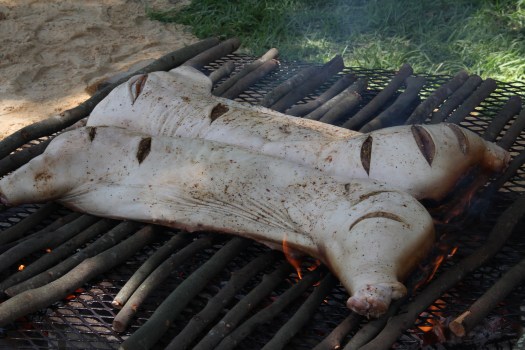
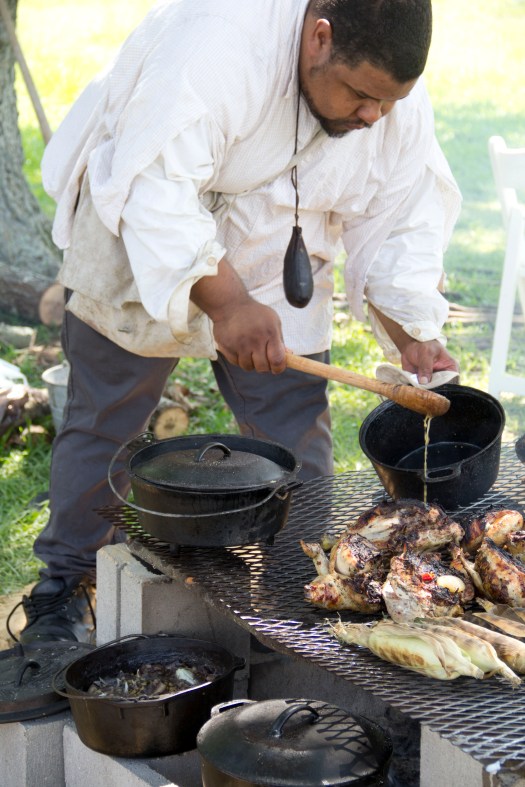
The method of cooking the meat was to dig a trench in the ground about six feet long and eighteen inches deep. This trench was filled with wood and bark which was set on fire, and, when it was burned to a great bed of coals, the hog was split through the back bone, and laid on poles which had been placed across the trench. The sheep were treated in the same way, and both were turned from side to side as they cooked. During the process of roasting the cooks basted the carcasses with a preparation furnished from the great house, consisting of butter
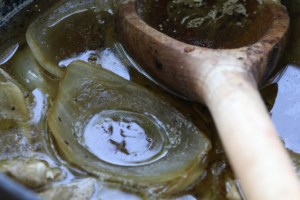
pepper, salt and vinegar, and this was continued until the meat was ready to serve. Not far from this trench were the iron ovens, where the sweetmeats were cooked. Three or four women were assigned to this work. Peach cobbler and apple dumpling were the two dishes that made old slaves smile for joy and the young fairly dance.
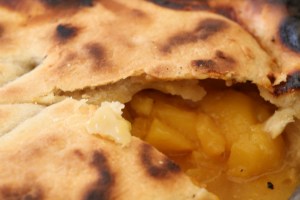
The crust or pastry of the cobbler was prepared in large earthen bowls, then rolled out like any pie crust, only it was almost twice as thick. A layer of this crust was laid in the oven, then a half peck of peaches poured in, followed by a layer of sugar; then a covering of pastry was laid over all and smoothed around with a knife. The oven was then put over a bed of coals, the cover put on and coals thrown on it, and the process of baking began. Four of these ovens were usually in use at these feasts, so that enough of the pastry might be baked to supply all. The ovens were filled and refilled until there was no doubt about the quantity. The apple dumplings were made in the usual way, only larger, and served with sauce made from brown sugar. It lacked flavoring, such as cinnamon or lemon, yet it was a dish highly relished by all the slaves. I know that these feasts made me so excited, I could scarcely do my house duties, and I would never fail to stop and look out of the window from the dining room down into the quarters. I was eager to get through with my work and be with the feasters. About noon everything was ready to serve. The table was set in a grove near the quarters, a place set aside for these occasions. The tableware was not fine, being of tin, but it served the purpose, and did not detract from the slaves’ relish for the feast. The drinks were strictly temperance drinks – buttermilk and water. Some of the nicest portions of the meat were sliced off and put on a platter to send to the great house for Boss and his family. It was a pleasure for the slaves to do this, for Boss always enjoyed it. It was said that the slaves could barbecue meats best, and when the whites had barbecues slaves always did the cooking.
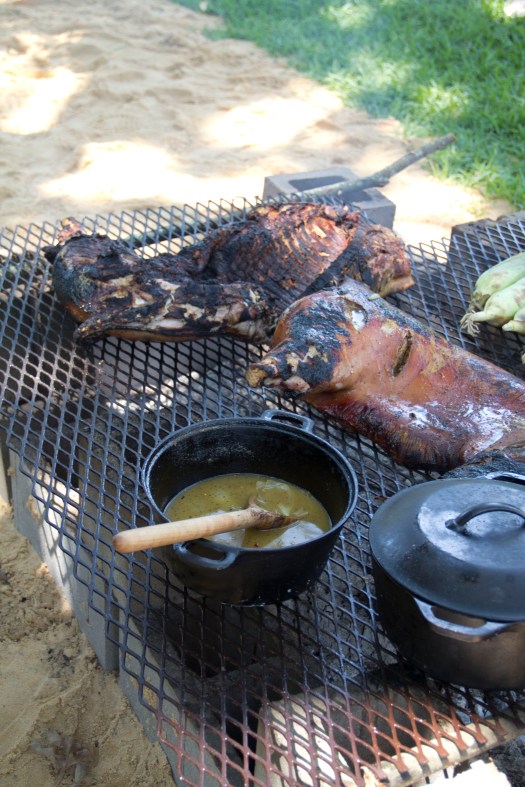
When dinner was all on the table, the invitation was given for all to come; and when all were in a good way eating, Boss and the madam would go out to witness the progress of the feast, and seemed pleased to see the servants so happy. Everything was in abundance, so all could have plenty – Boss always insisted on this. Old and young, for months, would rejoice in the memory of the day and its festivities, and “bless” Boss for this ray of sunlight in their darkened lives.
See that thing around my neck?
It was the custom in those days for slaves to carry voo-doo bags. It was handed down from generation to generation; and, though it was one of the superstitions of a barbarous ancestry, it was still very generally and tenaciously held to by all classes. I carried a little bag, which I got from an old slave who claimed that it had power to prevent any one who carried it from being whipped. It was made of leather, and contained roots, nuts, pins and some other things. The claim that it would prevent the folks from whipping me so much, I found, was not sustained by my experience – my whippings came just the same. Many of the servants were thorough believers in it though, and carried these bags all the time.
Special thanks to Natchez community leader Ser Seshsh (C.M. Boxley), Kathleen Jenkins–Superintendent of Melrose Plantation/National Park Service for sponsoring and hosting the event. Thank you Darryl for putting us up and thank you Helen for getting us some of our eats through the farmer’s market and Alcorn!

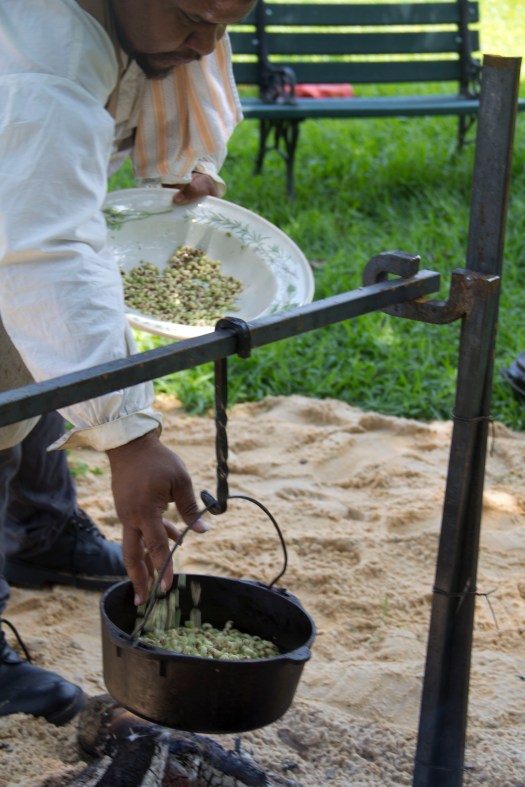
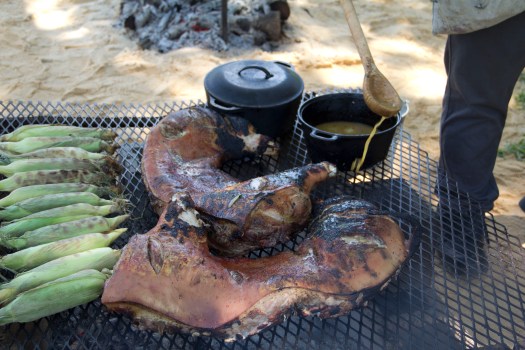

Sorry I missed you when you came to North Carolina. Hope you’ll be returning. I’ve been doing Afro-food research since I retired and so glad to see your work. I saw the current photo of sweet potatoes /yams being boiled in a kettle. However, most of the enslaved narratives I have read speak of sweet potatoes being roasted in the ashes of a wood fire and the memories of that sweet taste.
Hoteluri Pe Litoral
I could not refrain from commenting. Perfectly written!